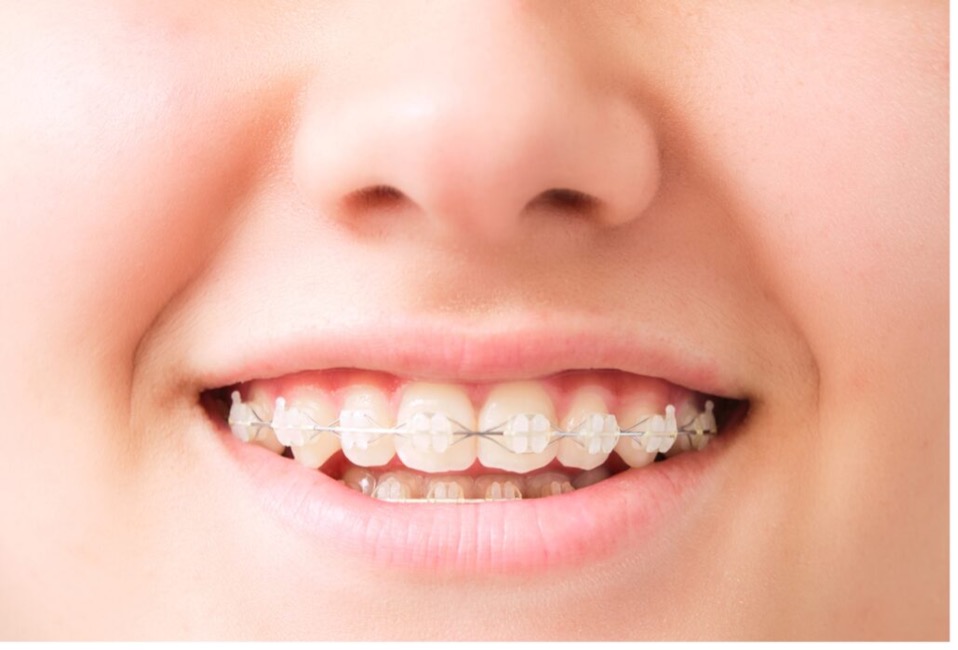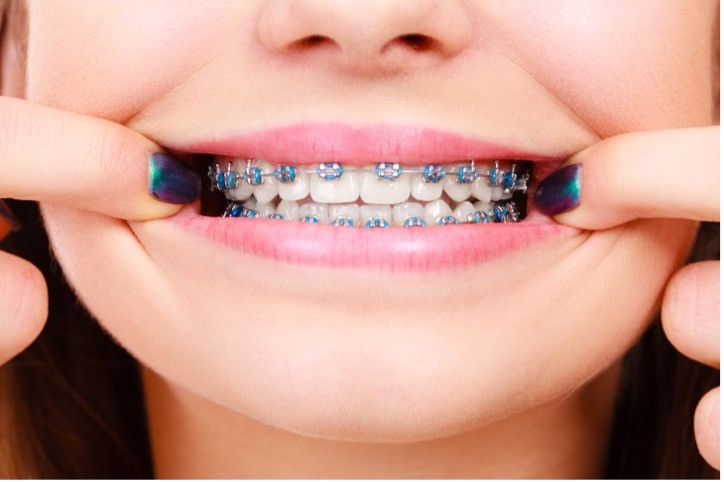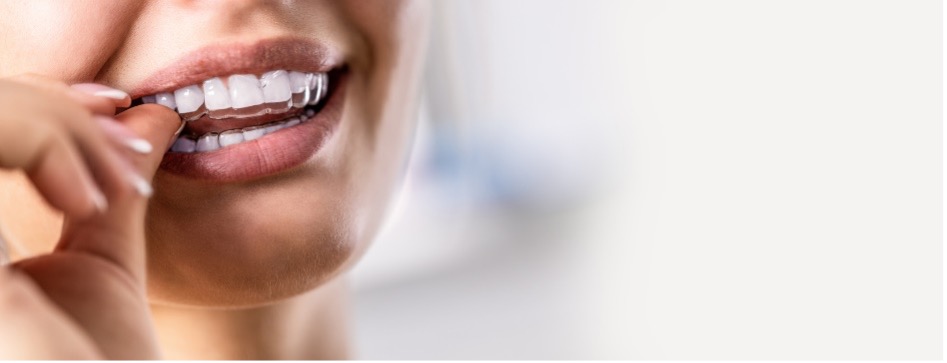
Congratulations on deciding to achieve your dream smile through teeth straightening! Not only will this enhance your appearance, but it will also improve your oral health. The big question arises: Should you go for the tried-and-true braces or explore the alternative of clear aligners?
While traditional braces have been the go-to choice for ages, recent years have seen the emergence of clear aligners offering a discreet and comfortable option. To help you decide between braces and clear aligners, we are going to explore the key features of each for your orthodontic journey.
BRACES
Traditional metal braces are now more comfortable and effective than ever. They can correct orthodontic problems, such as crooked and crowded teeth, and more complex conditions, such as jaw problems or a misaligned bite. Braces are made from high-grade stainless steel, using brackets and archwires to align your teeth gradually. Braces work by applying constant pressure to your teeth. As your teeth move into place, your bones adjust to their new position. Below are some essential aspects of traditional braces:
Visibility:
Braces are noticeable in your mouth, but there are options like tooth-colored brackets or lingual braces (placed behind your teeth) for a more discreet look. You can read our blog: How to Make Your Braces Less Noticeable for more ideas.

On the flip side, you can personalize the color of your elastics (rubber bands) to add some fun for a more unique and colorful smile. The most popular colors are blue and green. However, many other options are available.

Removability:
Once braces are attached, they remain fixed until your treatment is complete. While you can’t remove them during treatment, this ensures consistent and uninterrupted teeth alignment.
Comfort:
Initially, braces might cause some discomfort, and the brackets and wires could irritate your mouth. Rest assured, any discomfort is temporary, and you’ll gradually adapt to wearing them.
Hygiene:
Oral hygiene is even more critical when you are wearing braces. When wearing braces, plaque accumulates along the gum line and around the brackets, increasing the chance of cavities and gum disease. But, by following our simple steps, you can keep your mouth healthy.
Diet:
To safeguard your braces from damage, you’ll need to steer clear of hard, sticky, crunchy, and chewy foods. Opting for water over sugary drinks will also protect your teeth from cavities caused by acids and sugars.
CLEAR ALIGNERS

Orthodontic treatment with clear aligners is a popular alternative to braces that uses a series of clear aligner trays to straighten your teeth. The trays are custom designed specifically for your teeth. We use advanced 3-D technology during your first visit to plan your treatment.
Each aligner tray gradually shifts your teeth closer and closer toward a perfect smile. You will wear each aligner for about two weeks before replacing it with the next in the series until your teeth reach their final position. We determine your treatment time based on your unique needs.
Visibility:
Clear aligners are nearly invisible, offering a discreet option for teeth straightening. Occasionally, we may need to put in tooth-colored attachments to facilitate tooth movement, but these are barely noticeable.
Removability:
You can easily remove them, but you must wear them for at least 20 hours daily for successful treatment.
Comfort:
Aligners are generally more comfortable than braces since they lack metal brackets and wires. When transitioning to a new set of aligners every one to two weeks, you might experience mild discomfort that typically subsides quickly.
Hygiene:
As aligners are removable, maintaining oral hygiene is straightforward. You can brush and floss as usual, but cleaning your teeth and aligners is essential before placing them back in your mouth.
Diet:
You can eat and drink anything with Clear Aligners because you remove the aligners before meals. However, it would help if you avoided sticky and chewy snacks to prevent difficulties in thoroughly cleaning your teeth and aligners.
Choosing the Perfect Fit for You
Ultimately, the decision between braces and Clear Aligners depends on your orthodontic needs, lifestyle, and personal preferences. Traditional braces may be more suitable for complex dental issues, while clear aligners offer a comfortable and discreet choice for mild to moderate misalignment.
The American Association of Orthodontists emphasizes the importance of the orthodontist’s skill in achieving successful outcomes, regardless of your chosen method. Dr. David McDonough is a highly skilled and experienced orthodontist who can evaluate your oral condition and recommend the best treatment plan.
Whichever treatment works best for you, whether braces or clear aligners, remember that both options share the same ultimate goal: to give you the radiant smile you’ve always dreamed of. Rest assured that your journey will be well worth it. For personalized guidance on your orthodontic adventure, contact McDonough Orthodontics in Murray, UT, for a complimentary consultation.
